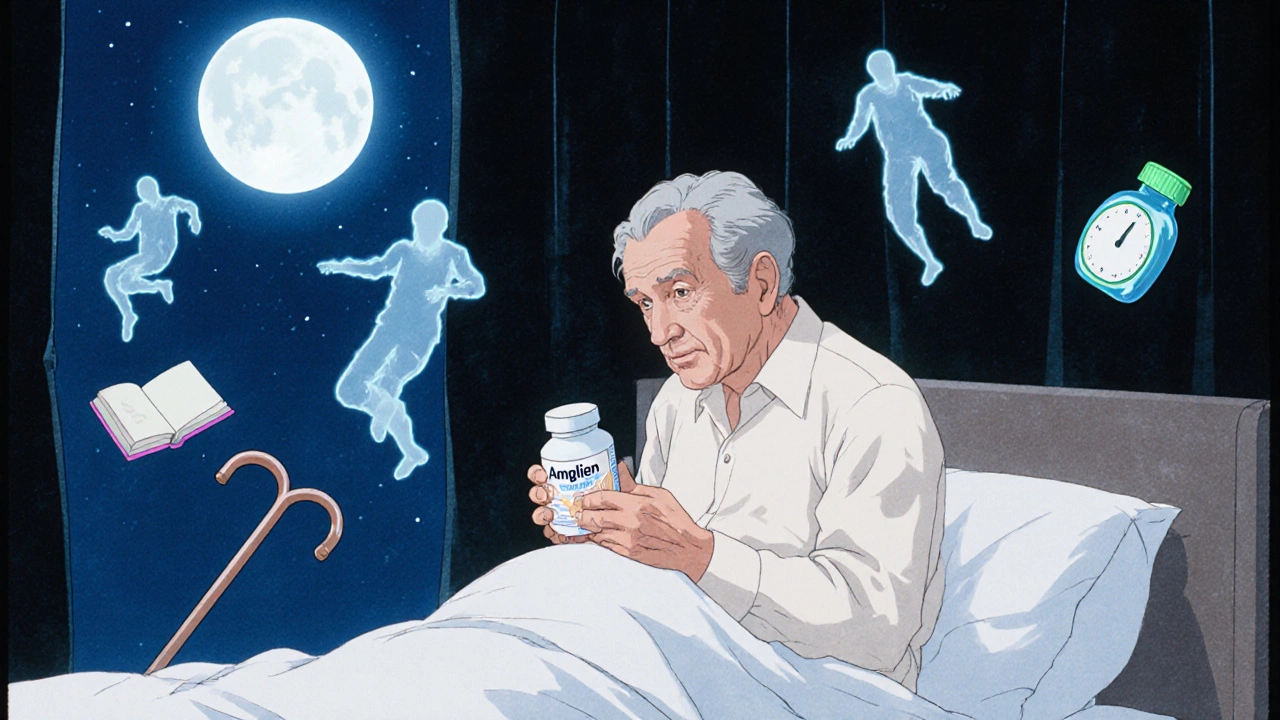
More than half of adults over 65 struggle with sleep. Some turn to pills-Ambien, Lunesta, benzodiazepines-hoping for a quick fix. But for seniors, these drugs often do more harm than good. Falls, confusion, memory loss, even dementia risk goes up. The truth? There are safer, more effective ways to sleep well at any age.
Why Most Sleep Pills Are Risky for Seniors
What works for a 30-year-old doesn’t work the same for a 70-year-old. As we age, our bodies process drugs differently. Liver and kidney function slow down. Fat increases, muscle decreases. That means medications stay in the system longer, building up over time. Even a small dose can leave you groggy, dizzy, or disoriented the next day.
The American Geriatrics Society has been clear since 1991: avoid benzodiazepines like diazepam, lorazepam, and especially triazolam (Halcion) for seniors. These drugs don’t just help you sleep-they increase your chance of falling by up to 50%. A 2014 study in the BMJ found long-term use raised Alzheimer’s risk by 51%. That’s not a small side effect. That’s life-changing.
Z-drugs like zolpidem (Ambien) and eszopiclone (Lunesta) were marketed as safer alternatives. But they’re not. A 2017 FDA warning showed they still raise fall risk by 30% in older adults. Worse, some seniors report sleepwalking, eating, or even driving while half-asleep-without remembering it. These aren’t rare cases. They’re documented side effects.
And then there’s trazodone. It’s not even approved for sleep. Doctors prescribe it off-label because it’s cheap. But in nursing homes, caregivers report increased nighttime wandering and confusion in residents taking it. It’s not a sleep aid. It’s a depression drug with sedating side effects.
The Real Culprits: Long-Acting and High-Dose Drugs
Not all sleep meds are created equal. The problem isn’t just the name-it’s how long they last and how strong they are.
Flurazepam (Dalmane) is a long-acting benzodiazepine. It stays in your body for days. That means next-day drowsiness isn’t just possible-it’s likely. One study found it increased fall risk by 50%. Triazolam (Halcion) is short-acting, but it’s also the most addictive and linked to the highest dementia risk. Even at 0.125mg, it’s too strong for most seniors.
Z-drugs like zolpidem are often prescribed at 10mg. But for seniors? The FDA says 5mg is the max. Many doctors still write 10mg prescriptions. That’s like giving a teenager’s painkiller to someone with fragile bones.
Low-dose doxepin (Silenor) at 3-6mg is one of the few exceptions. It’s an antidepressant, but at this tiny dose, it targets sleep receptors without the anticholinergic effects that cause dry mouth, confusion, or urinary retention. A 2010 study showed it improved total sleep time by nearly 30 minutes-with side effects nearly identical to placebo. But here’s the catch: it costs about $400 a month without insurance. Most seniors can’t afford it.
What’s Actually Safe? Newer Options and Proven Alternatives
There are safer choices-but they’re not the ones you hear about on TV.
Ramelteon (Rozerem) works differently. Instead of sedating your brain like a sleeping pill, it mimics melatonin to help regulate your natural sleep-wake cycle. It doesn’t cause dependence, next-day grogginess, or falls. A 2013 review found it increased total sleep time by 21 minutes with no rebound insomnia. The catch? It only helps you fall asleep faster-not stay asleep. And it’s expensive.
Lemborexant (Dayvigo) is newer. Approved in 2020, it blocks orexin, the brain chemical that keeps you awake. A 2021 JAMA study showed it caused less postural instability than zolpidem in adults over 55. It’s not perfect-some report dizziness-but it’s the safest sedative we’ve seen in years for older adults.
But here’s the most important truth: the best sleep aid for seniors isn’t a pill at all.
Cognitive Behavioral Therapy for Insomnia (CBT-I) is the gold standard. The American Academy of Sleep Medicine says it should be first-line treatment. Why? Because it works better than drugs-and lasts longer. A 2019 JAMA study found 57% of seniors who did CBT-I no longer met the criteria for insomnia. And 89% stuck with it. That’s better than any medication.
CBT-I isn’t magic. It’s practical. You learn to stop lying in bed awake. You fix your sleep schedule. You stop worrying about sleep. You reduce caffeine, limit naps, get morning light. One senior in Halifax told me: “After six weeks of CBT-I, I cut my Lunesta in half. I sleep better than I have in 20 years.”

Why Doctors Still Prescribe Risky Pills
If the risks are so clear, why are 9.2 million seniors still getting sleep prescriptions every year?
It’s not because doctors don’t know. It’s because it’s easier. A 15-minute visit. A script. A quick fix. CBT-I takes 6 to 8 weeks. It requires referrals. Insurance doesn’t always cover it. And many seniors don’t know it exists.
Also, some doctors don’t have access to sleep specialists. Others assume seniors just “need help sleeping.” But chronic insomnia isn’t normal aging. It’s a medical condition-and it’s treatable without pills.
And cost matters. Generic zolpidem costs $15 a month. Low-dose doxepin? $400. Ramelteon? Often over $300. Seniors on fixed incomes pick the cheap option-even if it’s the riskiest.
Medicare’s “Choosing Wisely” initiative cut benzodiazepine use in nursing homes by 24% between 2019 and 2022. That proves change is possible. But it’s slow.
What You Can Do Right Now
You don’t have to wait for your doctor to suggest a better plan. Here’s what works:
- Stop taking anything you don’t need. If you’re on a sleep med and feel groggy in the morning, it’s not normal. Talk to your doctor about tapering off. Never quit cold turkey-especially with benzodiazepines or Z-drugs. Withdrawal can cause rebound insomnia or seizures.
- Ask for CBT-I. Request a referral to a sleep psychologist. Many now offer telehealth. Programs like Sleepio have been shown to work just as well as in-person therapy.
- Try melatonin. Low-dose melatonin (1-3mg, taken 1 hour before bed) can help reset your internal clock. It’s not a sedative. It’s a signal. Avoid extended-release forms-they’re not proven for seniors.
- Fix your environment. Keep your bedroom cool, dark, and quiet. Use blackout curtains. Avoid screens an hour before bed. Get 15 minutes of sunlight in the morning-it’s the best natural sleep regulator.
- Move during the day. Even a 20-minute walk after lunch improves sleep quality. Just don’t exercise right before bed.
If you must use medication, start with the lowest possible dose of the safest option: ramelteon, low-dose doxepin, or lemborexant. Avoid anything that’s sedating, long-acting, or has anticholinergic effects.
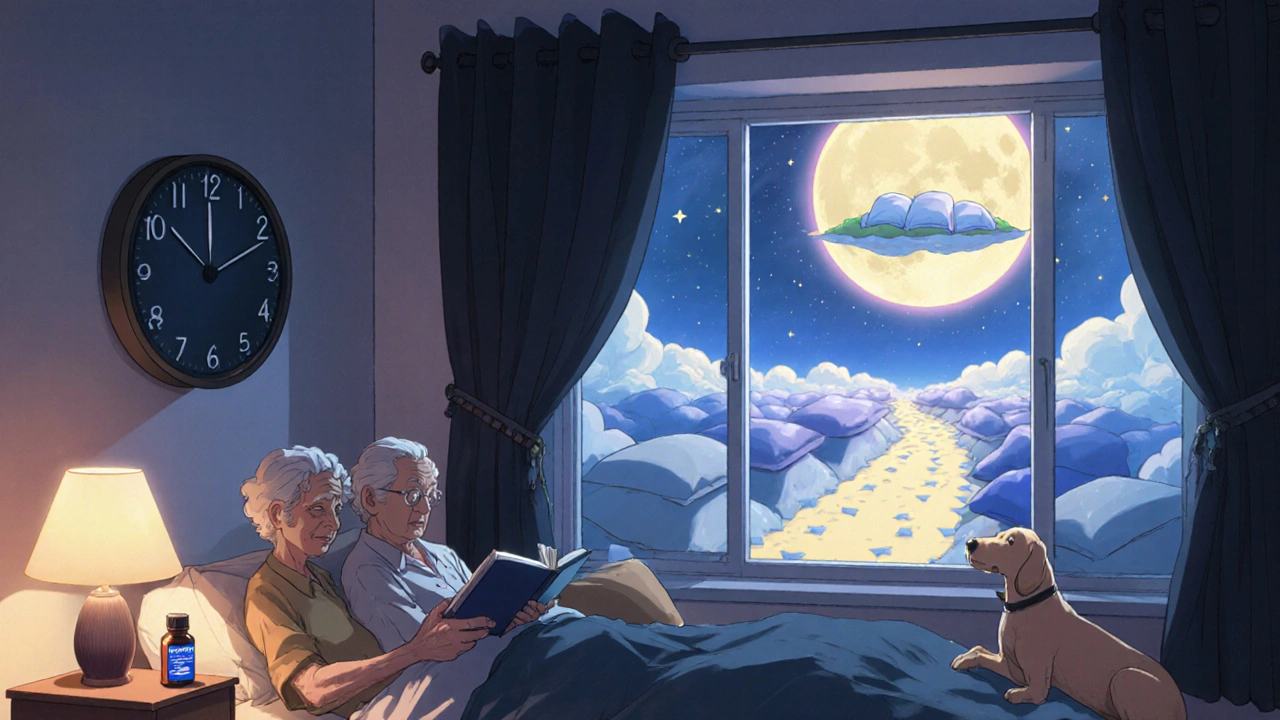
What to Ask Your Doctor
Don’t leave the office without asking these questions:
- “Is this drug on the Beers Criteria list for seniors?”
- “What’s the risk of falls or confusion with this medication?”
- “Can we try CBT-I first?”
- “Is there a non-sedating alternative?”
- “Can we reduce this dose or stop it in 4 weeks?”
If your doctor says, “It’s fine,” ask for the evidence. The American Geriatrics Society guidelines are public. You can print them. You have the right to ask for safer options.
The Future of Sleep for Seniors
The field is changing. The NIH is spending $15 million on senior sleep safety research. The Beers Criteria is being updated in 2024 to push harder for deprescribing. Digital CBT-I is becoming more accessible. Lemborexant and similar drugs are gaining traction.
But the real shift isn’t in new pills. It’s in mindset. Sleep isn’t something you take. It’s something you build. Like strength, like balance, like memory-it improves with habits, not chemicals.
Seniors who ditch the pills and embrace CBT-I don’t just sleep better. They feel more alert, more in control, more like themselves. And they avoid the hospital stays, the broken hips, the memory loss that come with long-term sedatives.
You don’t need to suffer through another night of restless sleep-or another morning of foggy-headedness. There’s a better way. And it doesn’t come in a bottle.
Are over-the-counter sleep aids safe for seniors?
No, most are not. Products like diphenhydramine (Benadryl, ZzzQuil) and doxylamine (Unisom) are anticholinergics. They block acetylcholine, a brain chemical critical for memory and focus. In seniors, this can cause confusion, dry mouth, constipation, urinary retention, and even delirium. Studies show they increase dementia risk over time. Avoid them entirely.
Can seniors become addicted to sleep medications?
Yes, especially with benzodiazepines and Z-drugs like zolpidem. Tolerance builds quickly. You need more to get the same effect. Stopping suddenly can cause rebound insomnia, anxiety, or seizures. Even if you don’t feel “addicted,” your body adapts. That’s why gradual tapering under medical supervision is essential.
How long should a senior take a sleep medication?
Ideally, no longer than 2-4 weeks. Sleep meds are meant for short-term use during acute stress or travel. Chronic insomnia requires long-term solutions like CBT-I. The American Geriatrics Society recommends discontinuing benzodiazepines within 12 weeks of starting. Any longer increases risks without improving outcomes.
What’s the best non-drug sleep strategy for seniors?
Cognitive Behavioral Therapy for Insomnia (CBT-I) is the most effective. It combines sleep restriction (limiting time in bed to match actual sleep), stimulus control (only using bed for sleep and sex), cognitive restructuring (changing anxious thoughts about sleep), and sleep hygiene. Studies show it works better than pills-and the results last years after treatment ends.
Can melatonin help seniors sleep better?
Yes, but only for sleep onset-not staying asleep. Melatonin levels drop with age. A low dose (1-3mg) taken 60-90 minutes before bed can help reset your internal clock. It’s not sedating. Avoid extended-release versions. Don’t take more than 5mg. It’s safer than pills, but not a cure for chronic insomnia.
What should I do if I’m already on a sleep med?
Don’t stop suddenly. Talk to your doctor about a tapering plan. For benzodiazepines or Z-drugs, reduce the dose by 10-25% every 1-2 weeks. Replace the habit with CBT-I techniques. Track your sleep with a journal. You may have worse sleep for the first week or two-but it gets better. Most seniors who taper successfully report feeling clearer-headed and more energetic within a month.
Next Steps: What to Do Today
If you or a loved one is on a sleep medication:
- Write down every pill you take for sleep, including OTC.
- Check if any are on the 2019 Beers Criteria list.
- Call your doctor and ask: “Can we try CBT-I?”
- Search for a certified sleep psychologist in your area. Many offer virtual sessions.
- Start a sleep journal: note bedtime, wake time, caffeine, light exposure, and how you feel in the morning.
Change doesn’t happen overnight. But every step away from sedatives and toward healthy habits is a step toward better sleep, better health, and more independence.

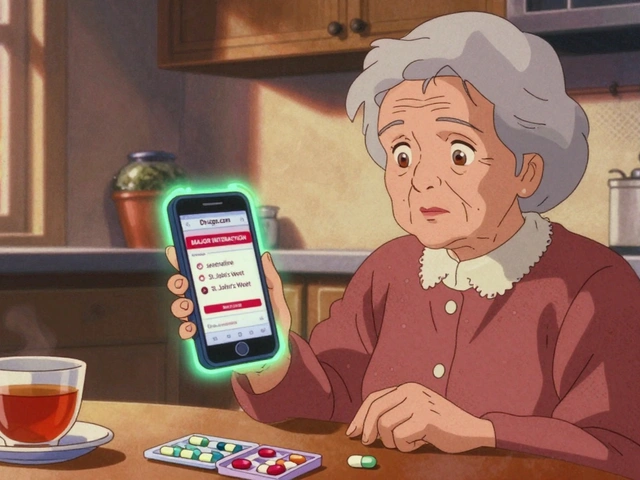
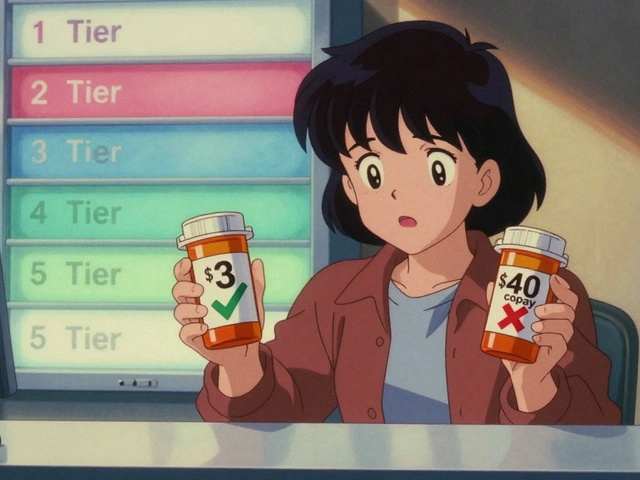
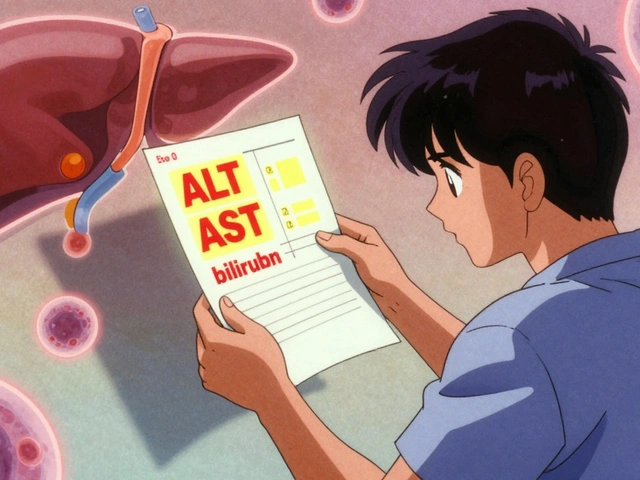

10 Comments
Been there, done that. Took Ambien for a year after my wife passed. Woke up walking to the kitchen in my pajamas, eating peanut butter straight from the jar. Didn’t remember any of it. Scared the hell out of me. Cut it cold turkey-big mistake. Tremors, nightmares, felt like my brain was rewiring itself. Finally tapered with my doc’s help and switched to melatonin and CBT-I. Best decision I ever made. Sleep’s actually restful now. No fog. No falls. Just peace.
Oh. My. GOD. This post is a MASTERCLASS in geriatric pharmacology-and yet, I’m still stunned that doctors are STILL prescribing triazolam like it’s candy. The BMJ study? The FDA warning? The Beers Criteria? These aren’t opinions-they’re evidence-based, peer-reviewed, life-saving truths! And yet, my 78-year-old uncle was on 10mg zolpidem for THREE YEARS because his ‘primary care physician’ didn’t have time to read a journal article. This isn’t negligence-it’s systemic malpractice. Someone needs to sue these people. Someone. Please. I’m serious.
my grandma took doxepin for like 5 years and never even knew it was off label 😅 she just said it helped her chill out. she’s 82 now and still walks 3 miles every morning. no falls, no confusion. i think the real issue isn’t the meds-it’s the lack of follow-up. if you’re just handed a script and never checked in again, yeah, stuff goes sideways. but if you’re being watched? it’s way safer. cbt-i sounds great but my grandma doesn’t know what a ‘sleep psychologist’ is. we need simpler ways to get this info to people who need it.
Just had this convo with my mum last week. She’s been on lorazepam since 2018 after a hip surgery. Told her about CBT-I and she said, ‘But I don’t have time for all that.’ I showed her the JAMA study-57% of seniors no longer had insomnia after six weeks. She’s starting next month. I think the real barrier isn’t the meds-it’s the idea that ‘sleep problems are just part of getting old.’ They’re not. They’re treatable. And we owe it to our elders to push for better.
Stop. The pills. Now. Talk. To. Your. Doctor. CBT-I. Works. Better. Than. Any. Drug.
I’ve been a sleep coach for seniors for 12 years. Let me tell you: the ones who succeed aren’t the ones who take the least meds-they’re the ones who stop blaming their age and start building habits. Sunlight at 8 a.m. No screens after 8 p.m. Same bedtime, every night-even weekends. Walk after lunch. Journal for 5 minutes before bed. It’s not glamorous. But it’s 10x more effective than any pill. And it costs nothing. You don’t need a prescription. You need discipline. And you’re worth it.
Oh, the tragedy of modern medicine-where convenience trumps consciousness, where profit masquerades as care, and where the elderly are medicated into oblivion while the system smiles and says, ‘We did our best.’ I weep for the generation that gave us the moon landing, only to be handed a bottle of Halcion and told to ‘sleep it off.’ We have the science. We have the compassion. But we lack the moral courage. And so, our elders drift into the fog of anticholinergic twilight, their memories fading not with time, but with the quiet, corporate-approved poison they were told was ‘safe.’
From a clinical perspective, the pharmacokinetic shifts in aging-reduced CYP450 metabolism, decreased renal clearance, increased fat-to-muscle ratio-create a perfect storm for drug accumulation. The Beers Criteria isn’t just a guideline-it’s a pharmacovigilance imperative. Lemborexant’s orexin antagonism offers a mechanistic advantage over GABAergic agents, minimizing respiratory depression and next-day impairment. But accessibility remains the critical bottleneck. CBT-I’s efficacy (d=0.85 in RCTs) is unmatched, yet reimbursement structures disincentivize referral. We need policy reform, not just patient education.
my aunt tried ramelteon and it worked great but she couldn't afford it so she just stopped taking everything cold turkey and now she's sleeping better than ever just by walking in the morning and keeping her room dark. sometimes the simplest things are the most powerful. no fancy meds needed. just light and routine. also i think we should stop calling it 'sleep aids' and start calling them 'sleep disruptors' because that's what most of them are.
In India, most elders don’t even know what Ambien is. They drink warm milk with turmeric, rub their feet with sesame oil, and sleep by 9 p.m. because the whole house quiets down. No pills. No doctors. Just rhythm. Maybe we don’t need more science-we need to remember the wisdom our grandparents already had. Sleep isn’t something you take. It’s something you live.